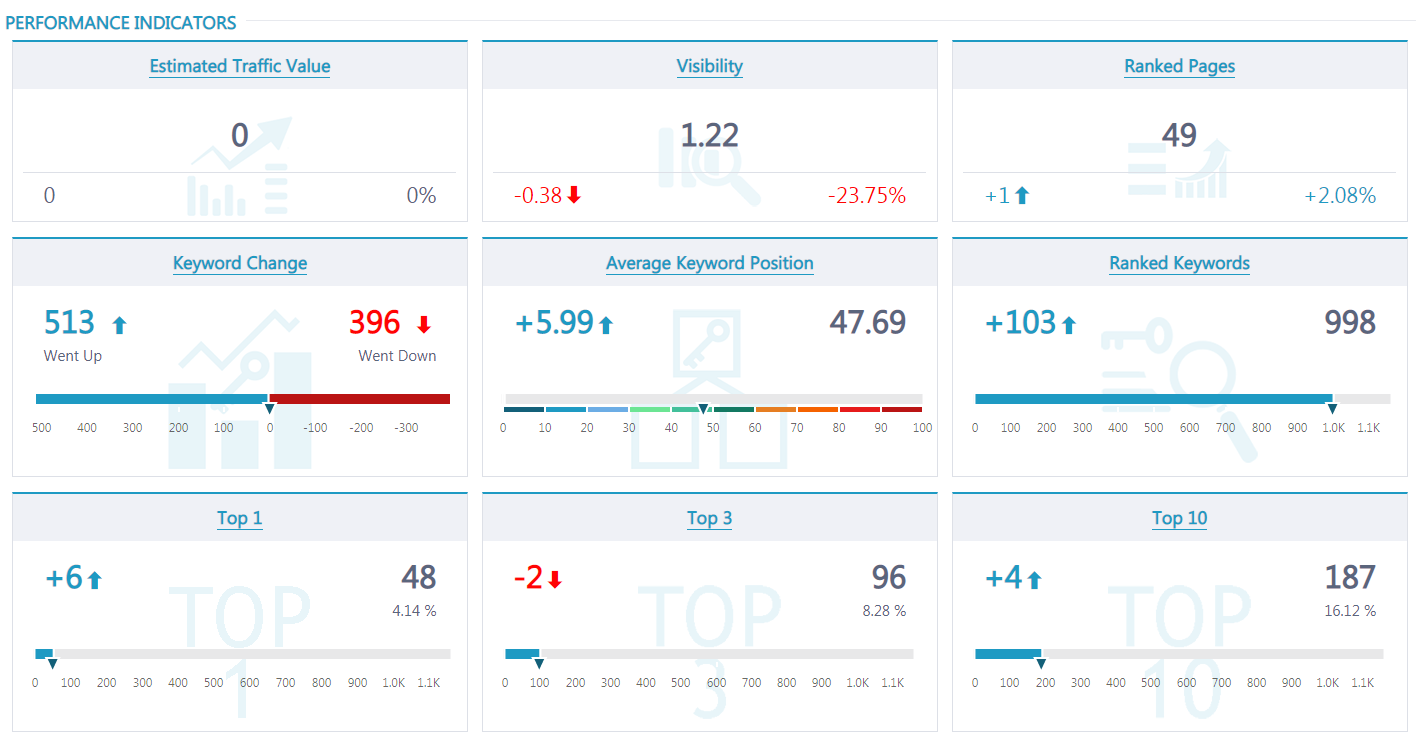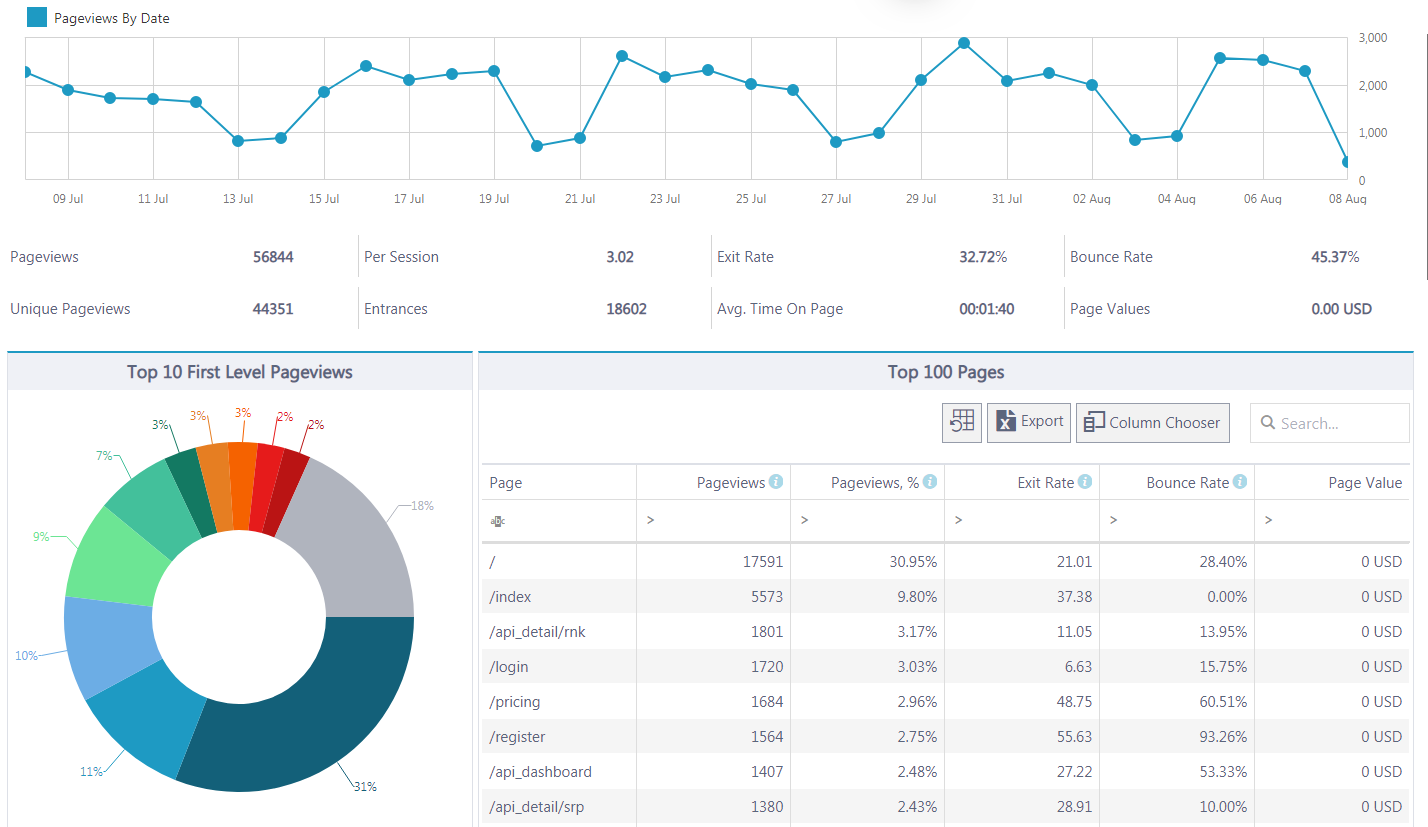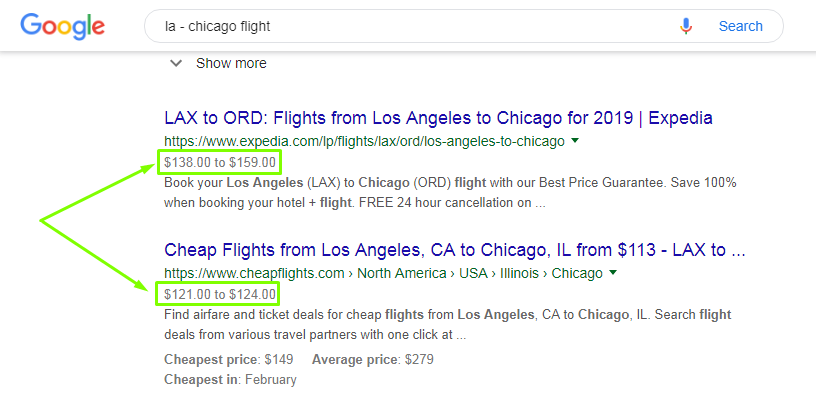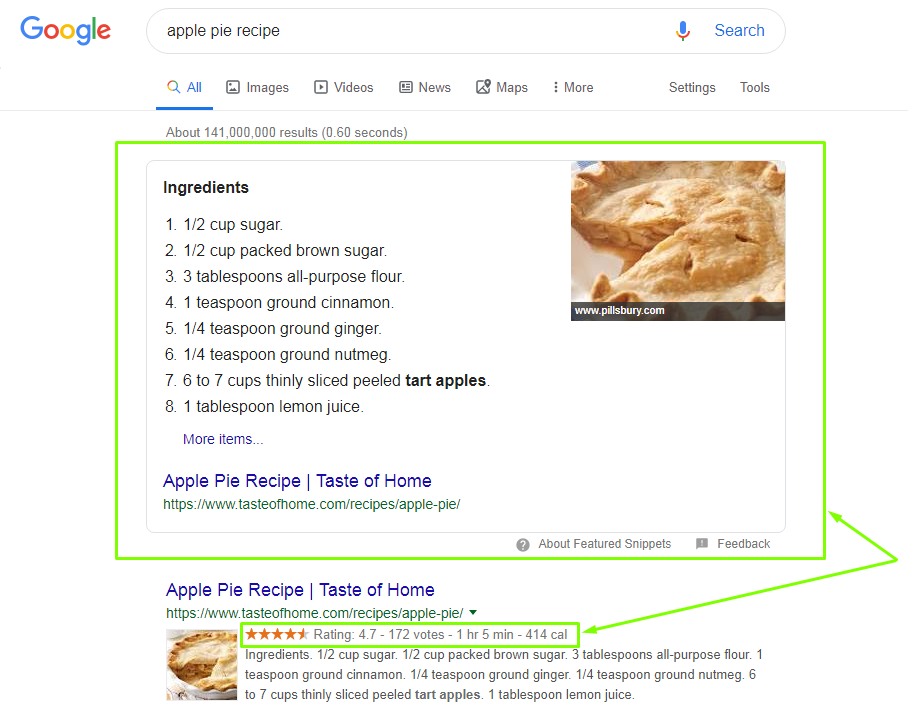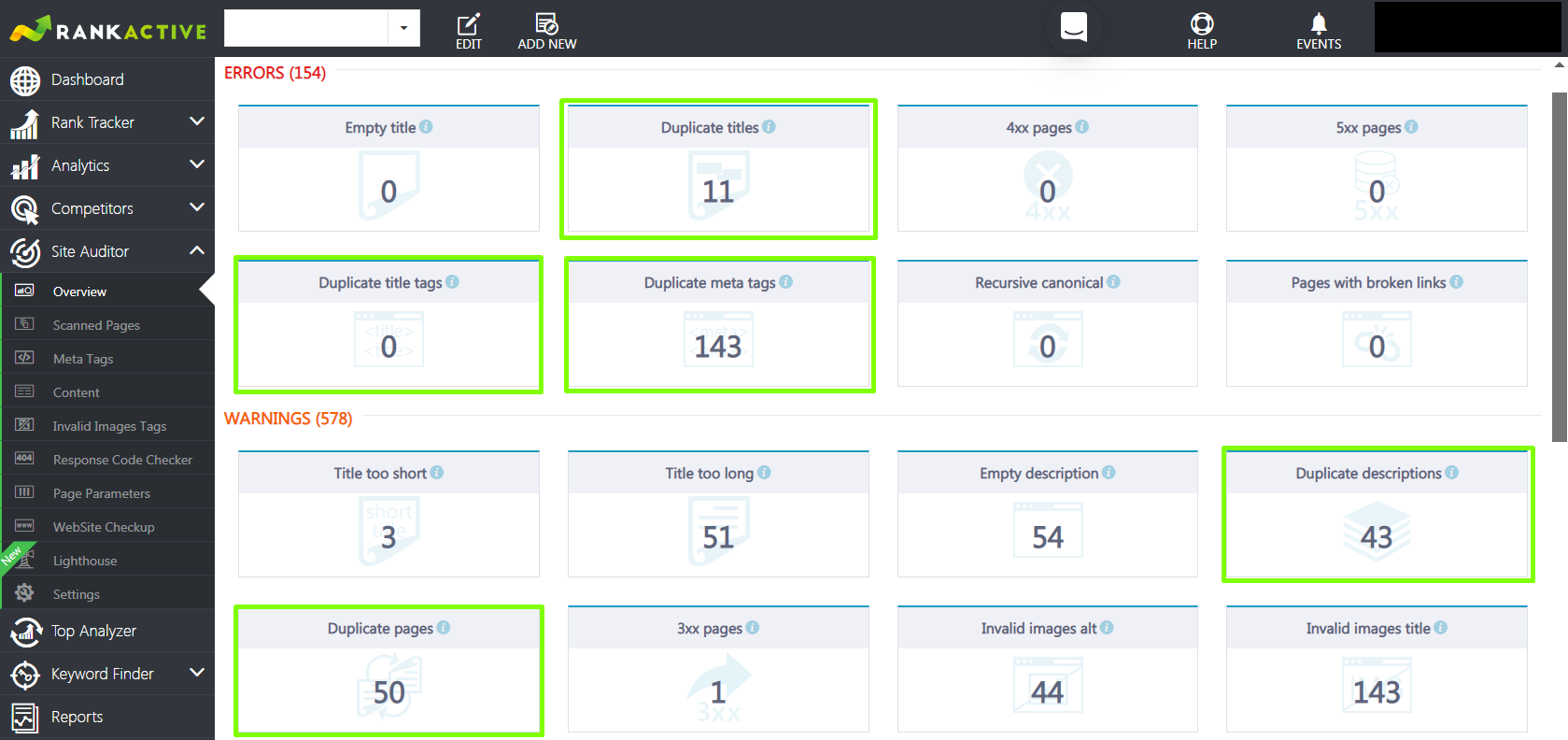6 Unethical SEO Hacks – If You Don’t Know, Now You Know
14 August 2019 Leave a comment ALL-HANDS SEO
We all fight for rankings. The question is whether we choose the light or the dark side of the force. Every branch or industry has its own ethical and unethical ways to fight with competitors, and SEO is not an exception. Have you heard about black hat SEO tactics? That’s the dark side we’d like to discuss today.
Everyone’s talking about unethical SEO, but not everyone has actually dealt with it. Keep reading to find out more about the key black hat tactics and ways to detect them having SEO software as your Jedi sword.
What Is Unethical SEO?
Unethical or black hat SEO involves several tactics that contradict search engine guidelines and are used to get higher rankings faster.
The term “black hat” came from Western movies. Remember how bad guys there wore black hats while good guys wore white? Nowadays, SEOs in black hats are taking significant risks by using unethical tactics in their strategy.
If you’re not sure what hat you’re wearing, ask yourself: “Am I doing it for visitors or for a search engine to notice my website?” The answer says it all. Google is strongly focused on providing high-quality search results, so the big chances are black hat techniques will be quickly detected.
If it’s so risky, why some SEO experts would rely on it? Those interested in a quick ROI would probably opt for unethical tactics. But if you think long-term and want to establish a solid reputation for your site, fetch a white hat from the shelf.
What Are the Most Popular Black Hat SEO Tactics?
You’ve probably heard about many of these techniques, but how well do you know the details? This information is vital for every SEO expert or business owner.
1. Keyword Stuffing
Too many keywords that make reading unbearable – sounds familiar, right? A couple of years ago, we came across lots of websites that used dozens of keywords on their pages. Some of these keywords were not even related to the page’s subject, but still, they were there and annoyed us a lot.
Now we know that high-quality writing alone can save your rankings, but many content managers are still tempted to add a bunch of keywords in some articles.
Google gives examples of irrelevant keywords that usually damage the website’s content:
- Lists of phone numbers that have no use for the page’s context.
- Lists of locations a website is targeting (for example, a list of cities or city districts).
- Repeating one keyword in different variations over and over again. For instance, mentioning linear actuators in every sentence.
Keyword stuffing can damage your rankings. If you lose positions, it will be reflected in Google Analytics. Instead, you can pick, let’s say, 5 keywords per page and build your SEO efforts based on this number.
The good news is you can both research keywords and check your rankings using RankActive. Keyword Finder has several options:
- Ranked keywords: terms a certain website is ranking for.
- Related keywords: ideas from Google Related Search.
- Suggested keywords: search-enhancing queries from Google autocomplete.
- Similar keywords: long-tail keyword ideas commonly used in voice search.
- AdWords: keywords from Google Keyword Planner.
To monitor your success, go ahead and open the Rank Tracker section. Here you will find any information about the keywords you picked and your rankings in the most popular search engines. There are also options to track locally or globally.
To get traffic details, open Analytics – here we’ve gathered Google Analytics data so you wouldn’t have to switch the accounts. Content Analytics gives you an in-depth overview of the users’ behavior: pageviews, average time on page, bounce rate, etc.
2. Cloaking
Cloaking means that search engines and visitors see a different content. Let’s say, visitors read blog articles about gardening, while search engines register keywords concerning cooking, architecture, cleaning services, etc. This is a black hat SEO tactic aimed to win more top positions even for irrelevant keywords.
It doesn’t mean that you can’t change content according to the audience’s needs. The following examples are totally legitimate:
- Shrinking the website’s size for mobile users.
- Changing the website’s language for an international audience.
- Changing the ads according to the users’ location.
Google considers cloaking to be a violation of Webmaster Guidelines because it can harm user experience: users see specific results in the SE, but when they open a page, content does not match their query.
To find out if your website was hacked, check the security issues report provided by Google Search Console. Cloaking is among hidden content issues.
3. Paid Links
Some SEOs and website owners choose to buy links as it’s a fast way to build the site’s authority. Even though Google doesn’t take this metric into account, link schemes still take place. And even more: Moz has updated this metric in 2019, which means buying links won’t go anywhere any time soon.
The link schemes topic is controversial because, on the one hand, officially, Google doesn’t recommend using this tactic, but on the other, there are no penalties for it. Some SEOs go further and build PBNs to use them as an unlimited source of backlinks.
PBNs (public blog networks) are groups of websites that are used solely for link building. This approach is also risky but yet effective and can be used for a long period of time. Some experts even call it “gray hat” SEO. We’ve done our own research on what it takes to build a PBN on your own and what you should consider before getting down to business.
To make sure your website doesn’t have any links leading from suspicious sources, you can use Google Webmaster Tools. Open the Search Traffic section and pick Links to Your Site.
4. Structured Data Abuse
With the help of structured data (also referred to as “rich snippets”), you can change how a web page is displayed in SERPs. It gives your content a “structure” and helps it stand out. Also, it significantly improves the user experience. Nowadays, there are dozens of structured data variations: it can be ratings, prices, product photos, featured snippets, etc.
But rich snippets can become a part of a black hat SEO strategy if you add false information. For example, you add a review from a fake site to get your product a 5-star rating. Such snippets are considered as spam by Google, and anyone can report such abusive behavior because it harms the user experience.
At the same time, adding truthful info can significantly increase your click-through and traffic rates. If you want to test your structured data quickly, use this Google tool – it takes seconds to verify the code.
5. Duplicate Content
The meaning is clear from the name: it is similar blocks of content published on the web. This practice may refer to both white hat and black hat SEO. For instance, if it’s information about products, some duplicating is inevitable. But this is not always the case.
Duplicating content may take place if an SEO tries to manipulate rankings and get more traffic. First and foremost, it has a bad impact on the user experience: clicking on several links and seeing the same article is rather frustrating. To protect users from it, Google takes into account all domains involved in the duplicating issue: either rankings can drop significantly, or the whole website can be removed from the index.
Even though this tactic is risky, it’s very easy to remove the thread. Start with checking duplicate content on your website: open RankActive tool and go to the Site Auditor section. Here you have it, all of the issues in Overview:
To have a broader view, you should conduct regular content audits. We’ve prepared this guide for you to use it as a checklist.
What if someone uses your content for their purposes? You can’t know for sure until you lose your rankings, but that won’t happen if you use a canonical tag. A canonical tag (rel=canonical) demonstrates that this version of the content is an original one, and other versions won’t count in the search engine’s eyes.
6. Comment Spamming
To draw attention to a website, you can leave a link to it in some blog comments. This practice seems harmless until commenting turns into spamming. Do you see an irrelevant comment in a blog that leads to an unrelated website? That might be spam.
This practice is not so common nowadays as it was before because authoritative blogs make links in comments “nofollow”. This means that Google will ignore the link, and consequently, it will have no use for the website’s authority.
You should not waste your time on gaining free backlinks this way and check all the comments you get on your own blog. You can use Google’s reCAPTCHA tool to fight with any spammers crossing your way.
What Hat Are You Wearing Today?
Being aware of black hat SEO techniques is not only about restriction – it’s also about the ability to protect your website. So, what color are you going to wear? Will it be an all-white strategy or dark shades are also included?
There are six unethical SEO issues we’ve just mentioned, and all of them are risky. Before you pick any of these tactics, remember what effect it may have on the user experience. Keyword stuffing or duplicate content, structured data abuse or cloaking – all of them concern both your rankings and reputation among visitors.
And if your hat is white, remember that you always have reliable SEO tools to finish the website’s health check, and RankActive is one of them.
Tags: Analytics, backlinks, black hat seo, content, Keyword Finder, keywords, Rank Tracker, Site Auditor
Like this article? There’s more where that came from.
- 5 Questions to Ask Yourself Before Paying for Rank Tracking Software
- 5 Serious Mistakes Beginner SEOs Make and How to Fix Them
- Why We Use Google’s New Link Attributes and You Should Too
- Title and Description in 2021: Why Google Rewrites SEOs’ Meta Tags
- What We Should Learn From Google’s “About This Result” Feature



